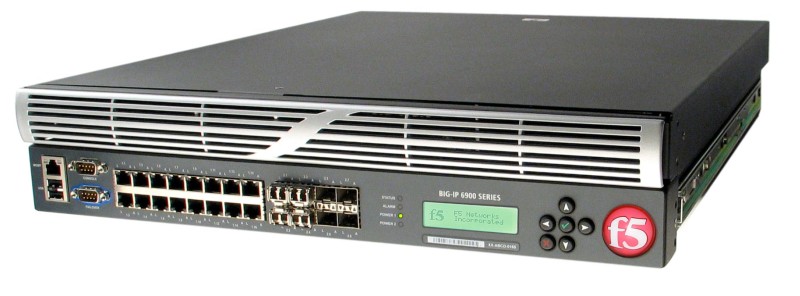F5’s Access Policy Manager on BIG-IP Local Traffic Manager Virtual Edition offers increased flexibility, improved user experience, and lower deployment costs for VMware View
F5 Networks, Inc., the global leader in Application Delivery Networking (ADN), today announced a cost-effective, scalable solution that streamlines and accelerates VMware View™ virtual desktop infrastructure (VDI) deployments. F5 is delivering enhanced support for VMware View by making the F5® BIG-IP® Access Policy Manager™ (APM™) module licensable on the BIG-IP Local Traffic Manager™ (LTM®) Virtual Edition (VE) product. APM for LTM VE, a high-performance access and security solution, offers organizations an authentication, authorization, and accounting (AAA) module for virtual Application Delivery Controllers. APM for LTM VE can be deployed on existing hardware alongside virtual servers that host VMware View desktops, helping organizations control their infrastructure costs.
“More and more, enterprises are beginning to consider moving to a virtual desktop model, and customers need to consider how best to address security, cost, and user experience,” said Erik Giesa, VP of Product Management and Product Marketing at F5. “By licensing BIG-IP Access Policy Manager with the BIG-IP Local Traffic Manager Virtual Edition, we’re offering organizations a highly robust and cost-effective virtual desktop security, acceleration, and high-availability solution that they can deploy on existing servers. Organizations that otherwise might have delayed their deployment plans until their next hardware refresh are able to begin deploying VMware View™ immediately and continue growing those deployments at a pace they’re comfortable with.”
Details
APM for LTM VE eliminates the need for organizations to invest up front in powerful server and networking hardware to support a corporate-wide migration of users to virtual desktops. In the past, some organizations have chosen to use small, less-costly hardware solutions to gradually deploy virtual desktops to select groups of users. With APM for LTM VE, organizations now have an affordable, fully functional software-based alternative that enables them to leverage existing hardware and centrally manage access to all virtual desktops. This approach also allows for eventual migration to a hardware-based solution as the virtual desktop environment grows.
BIG-IP Access Policy Manager for Local Traffic Manager Virtual Edition enables organizations to:
- Deploy VMware View quickly – As a software-based solution that can be deployed on existing virtualized servers, APM for LTM VE simplifies the process of testing and deploying VMware View. Step-by-step configuration instructions are included in F5’s VMware View and BIG-IP APM for LTM VE deployment guide.
- Control infrastructure costs – Because APM for LTM VE is a virtual solution, organizations can conduct proof-of-concept trial testing or support full VMware View deployments without the need to add hardware.
- Scale to meet growing demand – APM for LTM VE facilitates a phased rollout, can accommodate growing VMware View deployments, and can be smoothly transitioned to a hardware-based solution supporting up to 60,000 concurrent users if desired.
- Simplify management – APM for LTM VE provides a single point of control from which organizations can manage access to all virtualized desktops for local, remote, and mobile users, and it ensures that only authenticated user sessions reach the application. iControl®, F5’s powerful API, can be used to integrate APM with VMware vCenter™ Server to provide additional management capabilities.
- Enhance user experience and improve productivity – APM for LTM VE optimally supports the PCoIP® protocol for VMware View. Datagram Transport Layer Security eliminates the unnecessary overhead of running a UDP-based protocol like PCoIP over a TCP-based connection. In addition, APM for LTM VE caches user credentials and provides proxy services for single sign-on (SSO), so VMware View users only need to sign in once to access approved sites and applications.
